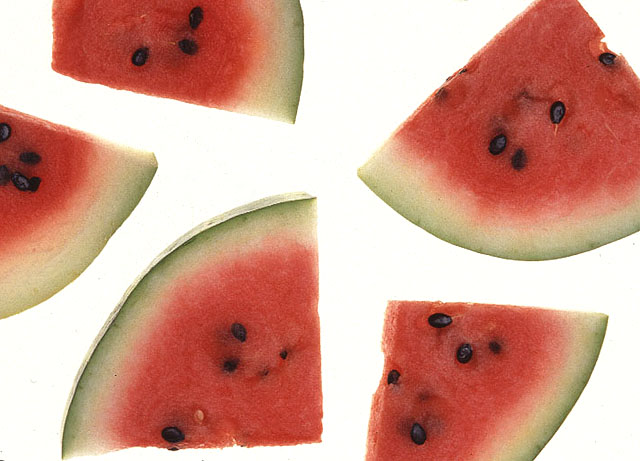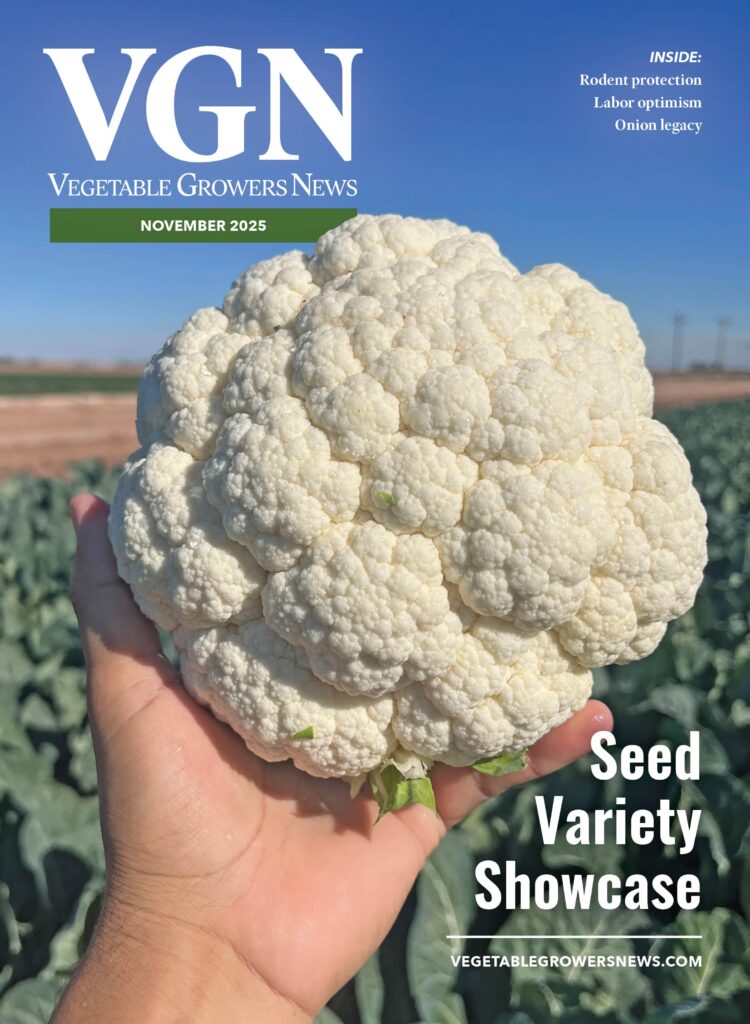May 16, 2019Charleston Gray watermelon’s genome sequenced
Summertime is quickly approaching, and Agricultural Research Service (ARS) scientists and their university colleagues are reporting on genomics research on a traditional summer treat, watermelon. In a long-term study, researchers explored the genetics of “Charleston Gray,” a watermelon variety that was introduced to the public in 1954 by ARS.
Watermelon has a long history in the United States and a large number of watermelon cultivars have been developed since the mid-19th century. The watermelon cultivar “Charleston Gray” was developed and released to the public by Charles Fredric Andrus, a horticulturist at the USDA/ARS Vegetable Breeding Laboratory (known today as the USDA/ARS, U.S. Vegetable Laboratory), in Charleston, South Carolina. “Charleston Gray” is resistant to several major diseases of watermelon, produces high yields in a wide range of geographical regions, and handles long-distance shipping with little damage. “Charleston Gray” has been used in numerous breeding programs for the development of improved watermelon cultivars throughout the world.
The research team, led by ARS geneticist Amnon Levi at the ARS U.S. Vegetable Laboratory, in Charleston, South Carolina, and Zhangjun Fei at the Boyce Thompson Institute in Ithaca, New York, collaborated with scientists at the Boyce Thompson Institute on the assembly of the principal American watermelon cultivar “Charleston Gray” genome. In addition, they collaborated with scientists in several other universities, including North Carolina State University, Michigan State University, and West Virginia State University on evaluating the genetic diversity of the U.S. Department of Agriculture (USDA) watermelon Plant Introduction (PI) collection.
According to Levi, the scientists employed the most advanced genomic technologies available during each phase of the study to sequence the “Charleston Gray” genome and genotyped an additional 1,365 watermelon lines from the USDA National Plant Germplasm System (NPGS). The research team identified regions in the watermelon genomes that confer disease resistance or control several important fruit quality traits. Unlocking the “Charleston Gray” genome will facilitate the identification of valuable new genes for utilization in breeding programs for the improvement of watermelon cultivars.
Watermelon is an important fruit crop throughout the world and provides a rich source of health-promoting compounds. Nearly six percent of all land used for growing produce is planted with watermelon with an annual global production of 117 million tons in 2016. Watermelon is commercially grown in 44 states in the U.S. with the highest production in Georgia, Florida, Texas, California and Arizona.
– Sharon Durham, USDA Agricultural Research Service
Top: USDA Photo by Scott Bauer

















